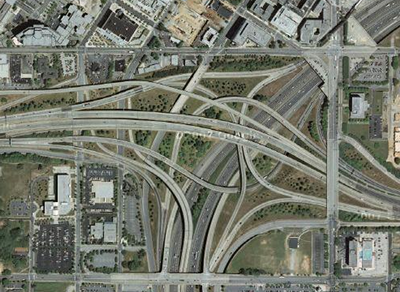This article is about how elder orphans, people over 65 years of age who have no living friends or family to care for them, are having more and more difficult maintaining and/or obtaining a comfortable living environment as they age. Everyone ages and it is never an easy transition, but it is especially harder for those elder citizens who cannot get along on their own, who account for 29% of older persons are these elder orphans. The article explains that there is such a large number of elder orphans now because they are the baby boomers who have resulted in less children and a greater divorce rate. The writer of this article is an elder orphan who has created a Facebook page for other elder orphans to come together and find community and support and discuss their problems to find solutions. The main issues presented are legal and care issues such as dealing with finances when there is nobody around to help in times of need. Affordable housing is almost nonexistent for these elders who mostly live on social security. Transportation is usually not something that elders are able to handle themselves because their physical abilities are impaired. Even though the Facebook group is extremely helpful in finding some solutions, it is still imperative that service and support at the local level is implicated.
One such business that is answering the call of these elder orphans is The Milken Institute. They work with local governments to build awareness of elder orphans. They work to provide for the needs of elders such as: living comfortable, affordable, healthy, happy, and financially secure, with proper living arrangements, access to mobility, and respect. They work to create a space for elders to thrive. There are cities that are providing well for the aging community as far as health care, active lifestyle choices, economy, and environment, but even here there is not enough available transportation, or affordable housing. Simple things could be implemented all around cities for these aging communities to better adapt, such as sidewalks which would provide a way for elders to go places as well as get them up and moving around, decreasing chronic diseases and isolation and loneliness.
Marak, Carol. "'Elder Orphans' Have A Harder Time Aging In Place." Forbes. Forbes Magazine, 8 Sept. 2016. Web. 22 Sept. 2016.

 There is no way this highway system was created with the objective of easy accessibility. As someone who has frequented this highway many times, and still struggles to navigate it, I can attest that the highway system in downtown Atlanta is definitely one that could be considered in this section of the article.
There is no way this highway system was created with the objective of easy accessibility. As someone who has frequented this highway many times, and still struggles to navigate it, I can attest that the highway system in downtown Atlanta is definitely one that could be considered in this section of the article.
 Many people would see the first type of bench as a nice thing to do for homeless people by providing shelter. However, the second picture shows a bench that deters homeless people from seeking rest on it, which is a public good that by definition is supposed to be non-excludable. Most people would not view this second bench as being negative. In fact, it is most likely viewed as a nice way to prevent contact with strangers while sitting on the bench.
Many people would see the first type of bench as a nice thing to do for homeless people by providing shelter. However, the second picture shows a bench that deters homeless people from seeking rest on it, which is a public good that by definition is supposed to be non-excludable. Most people would not view this second bench as being negative. In fact, it is most likely viewed as a nice way to prevent contact with strangers while sitting on the bench.